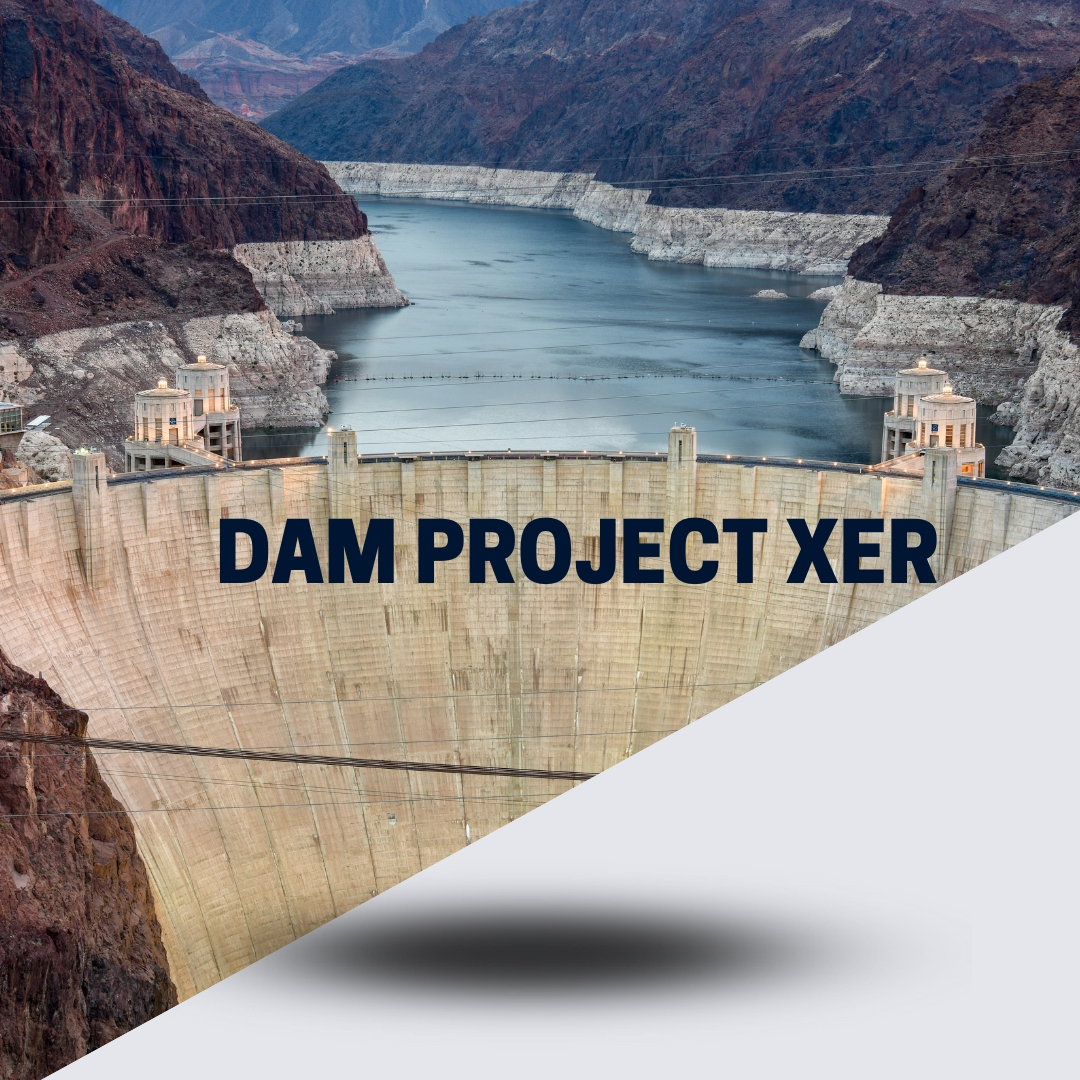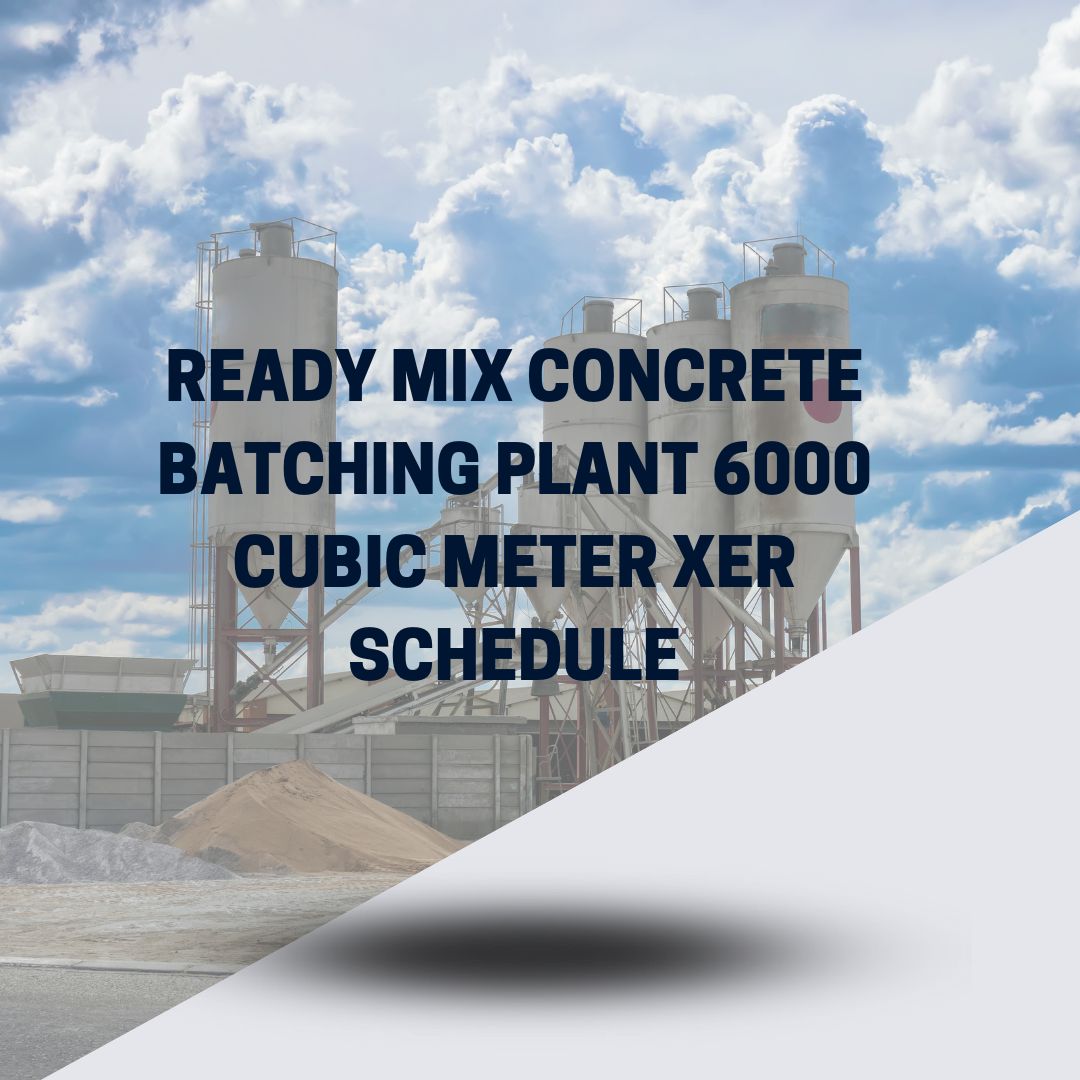
Introduction
The purchase cycle is one of the most important aspects of any construction project. The success or failure of a project depends on how effectively you manage the purchase cycle. This blog will help you understand various stages in the purchase cycle and how to ensure that your project proceeds smoothly.
The Role of the Purchasing Department in a Construction Company
The role of the Purchasing Department in a construction company keeps changing from one organization to another. Contractors define the Purchasing Department’s business objectives and therefore its role. Any re-organization of Purchasing activities should be driven by a strategic plan for the company.
The following example shows how one construction organization has defined its purchasing department’s role:
- To strategically manage all contracts, suppliers, and subcontractors.
- To make sure that all materials needed for the completion of projects are received on time at competitive costs. The Purchasing Department must work closely with Project Managers, Site Managers, and other key stakeholders in order to achieve these objectives; hence it requires input from different departments within an organization i.e., Engineering/ Technical Services Department (ESTD), Engineering/Technical Services Management Services Department (ESTMD), Human Resources & Training Institute (HRTI), Quality Control & Quality Assurance Unit (QC&QA).
The role of the Purchasing Department keeps changing from one construction organization to another. Contractors define the Purchasing Department’s business objectives and therefore its role. Any re-organization of Purchasing activities should be driven by a strategic plan for the company.
The role of the Purchasing Department keeps changing from one construction organization to another. Contractors define the Purchasing Department business objectives and therefore its role. Any re-organization of Purchasing activities should be driven by a strategic plan for the company.
The three major components of a purchasing department are:
- Supplier Operations and Management
- Contracts Administration
- Strategic Planning
A well-run purchasing department is expected to meet the following goals:
A well-run purchasing department can deliver the following benefits to your business:
- Lower costs. A more efficient and effective purchasing department has a direct impact on your bottom line. This is because it helps you buy materials in larger quantities at better prices, gives you access to a wider range of discounts, and reduces waste and spoilage.
- Improved quality and delivery. A well-run purchasing department ensures that all purchases meet quality standards, which means fewer shipments are sent back or reworked by your employees due to defects or mistakes made during installation. Additionally, because they are able to manage their inventory with greater precision (due to having accurate records of what’s currently in stock), they’re able to fulfill orders faster when necessary—which helps minimize delays in construction projects or other time-sensitive situations like emergency repairs after natural disasters or other unexpected incidents arise out of nowhere!
Lower costs.
- Reduce the cost of purchasing. In order to reduce the costs of purchasing, you should optimize your suppliers and consider whether they are giving you the best prices possible. You can also consider using a strategic supplier network that allows you to buy in large volumes at discounted rates.
- Reduce the cost of transportation: If there is extra work involved in getting materials to your site, it may be better for you to use a local company rather than one based far away from where your project is located. This will help keep transport costs down and also reduce pollution levels as fewer vehicles will have to drive across town every day just for one delivery!
- Reduce storage costs: If possible, try not storing any materials yourself—you can find out more about this by reading our article here – How To Manage Your Construction Materials Inventory (www). We recommend outsourcing this if possible as it can save money on facilities but still allow access when needed – some companies even offer free delivery service if ordered before X date!
- Reduce handling costs: If possible, avoid having staff check items in manually each time; instead opt for automated systems which will eliminate manual processes altogether while still allowing good record-keeping practices throughout all stages of procurement management within an organization which may include; sourcing strategy development through implementation into production planning stages.”
Improve quality and delivery.
You should understand the quality and delivery requirements of the project. Quality assurance and control are essential to managing a purchase cycle. Ensuring that product specifications are met is important during every stage of construction, as is timely delivery within budget limits.
Increase supply reliability.
- Maintain a good relationship with suppliers.
- Be honest and upfront with your suppliers.
You’ll want to make sure that you’re building a relationship with the right people. You don’t want to be working with someone who is unreliable or unresponsive when you need them most! Here are a couple of ways that you can build relationships that will last:
Develop effective relationships with vendors.
One of your main responsibilities as a construction manager is to manage a purchase cycle. This means you are responsible for making sure that all of the materials and tools needed for your project are provided on time and within budget. In order to do this effectively, it’s important that you develop strong relationships with vendors.
What does it mean to develop effective relationships with vendors? Developing good working relationships includes:
- Being honest and upfront with suppliers about what you expect from them
- Communicating clearly when there’s an issue or problem with their work or service
- Being proactive in addressing problems before they become larger issues
We can identify three major components of a purchasing department. These are as follows:
We can identify three major components of a purchasing department. These are as follows:
- Procurement: This refers to the procurement of materials and supplies needed for the project. It includes finding suppliers, evaluating their bids, and selecting vendors on the basis of various factors like cost, quality, delivery time and other relevant factors.
- Contract administration and negotiation: Once you have decided upon a supplier (this may be based on an RFP or Request For Quotations), it is important that they sign an agreement with your organization so that they are obligated to deliver what has been agreed upon in terms of price, quality, etc., at the agreed-upon time frame.
- In addition to this, you also need someone who is responsible for ensuring that all contracts are followed properly by both sides; ensuring there are no disputes between parties regarding certain aspects such as payment schedule, etc. The person managing this component should also ensure adequate monitoring so that payments get made on time according to agreed terms & conditions mentioned in contract documents
Procurement
The procurement process is the most critical component of the purchasing department. The procurement process is executed by the Procurement Department.
The goal of this phase is to obtain goods and services from suppliers at a reasonable price and meet project deadlines, while using best practices in order to ensure that all contracts are fair and competitive.
Contract administration and negotiation.
You can’t just hand the job of purchasing construction materials to anyone. It takes a unique combination of skills, knowledge and experience to oversee the purchase cycle successfully. The Purchasing Department is responsible for negotiating contracts with vendors on behalf of your company, ensuring that all stages of the process—from order placement through payments—are handled in accordance with legal requirements and best business practices.
The Purchasing Department also has an important role to play in contract administration: tracking all invoices submitted by contractors and subcontractors; reviewing them for accuracy; making sure they are paid on time; communicating with suppliers regarding defective or missing materials; and keeping track of inventory levels so that you always have enough materials available at any given time (or risk incurring penalties).
Expediting and logistics management.
Logistics management is the process of getting the right goods to the right place at the right time. It’s important to understand that logistics isn’t just about moving products from one location to another—it’s also about managing supply chains, inventory, customer service, quality control, and more. Logistics management is a complex process that involves many different departments and people working together to complete tasks such as:
- Scheduling deliveries
- Managing supply chain processes (e.g., procurement)
- Distributing materials across various locations
Manage your purchase cycle effectively by understanding its various stages
The construction industry is dynamic and unpredictable. You need to be able to adapt quickly and make decisions that match your company’s needs. The best way to do this is by understanding how the purchase cycle works, enabling you to manage it effectively.
The purchase cycle consists of five stages:
- Planning – This involves deciding what kind of product or service you want and what your budget is, along with other aspects of the project.
- Searching – This stage can include looking at different vendors or reviewing bids from suppliers with whom you’ve worked before. It might also involve conducting market research into competitors’ prices for similar products or services as well as their quality levels so that you have accurate information when making decisions later on in the process.
- Selecting – Here, an item has been chosen based on its price relative to others available on the market today (or yesterday), but there will still be some negotiation involved if multiple vendors are bidding against one another.* Negotiating – If negotiations take place during this stage instead of earlier on in “Searching,” then they may mean massive savings for both parties involved because there aren’t any other bidders vying against them right now either!
Conclusion
The purchase cycle is an essential part of project management. By understanding the stages and knowing your role in each one, you can make sure that every project runs smoothly. If you’re new to the construction industry, this is a great way to get started.
Leave a Reply
You must be logged in to post a comment.


























































